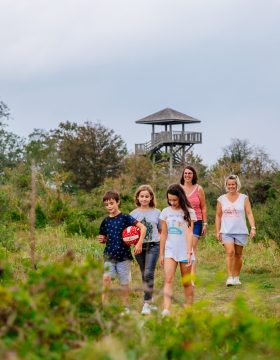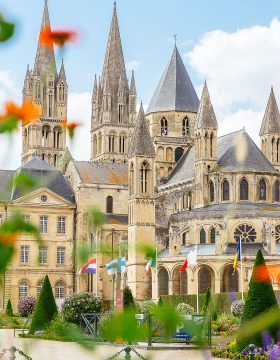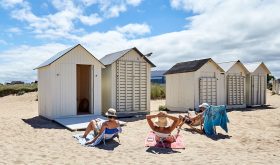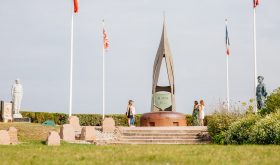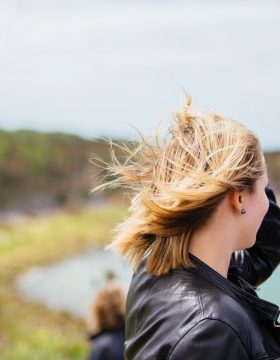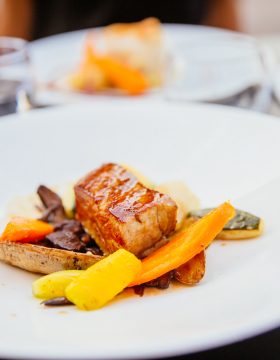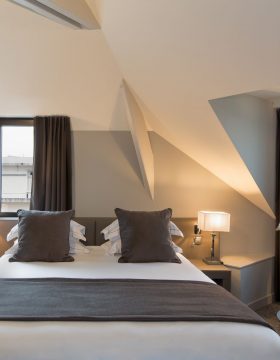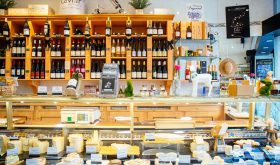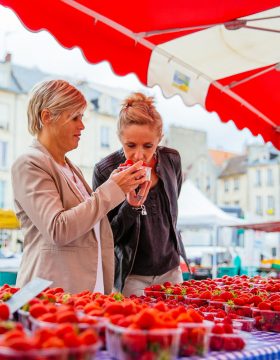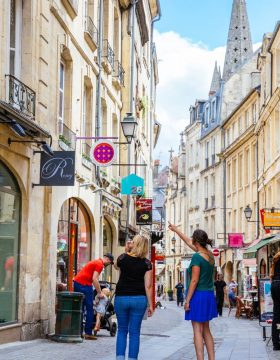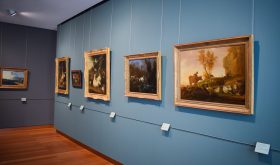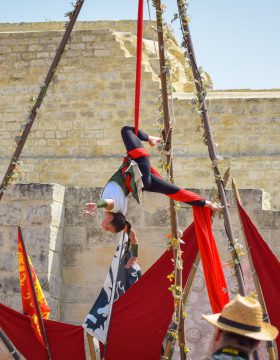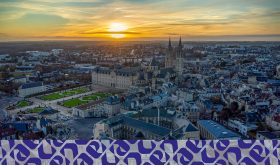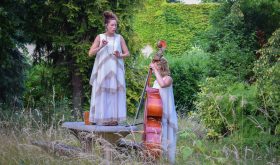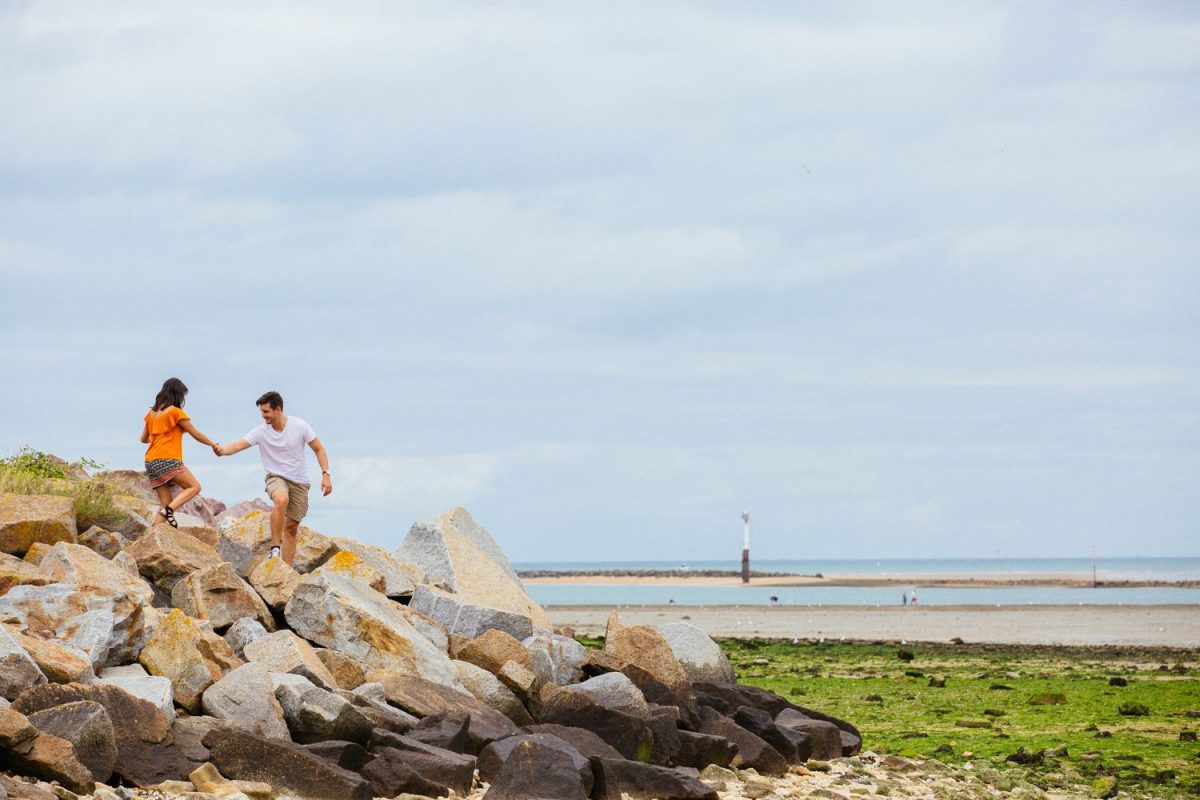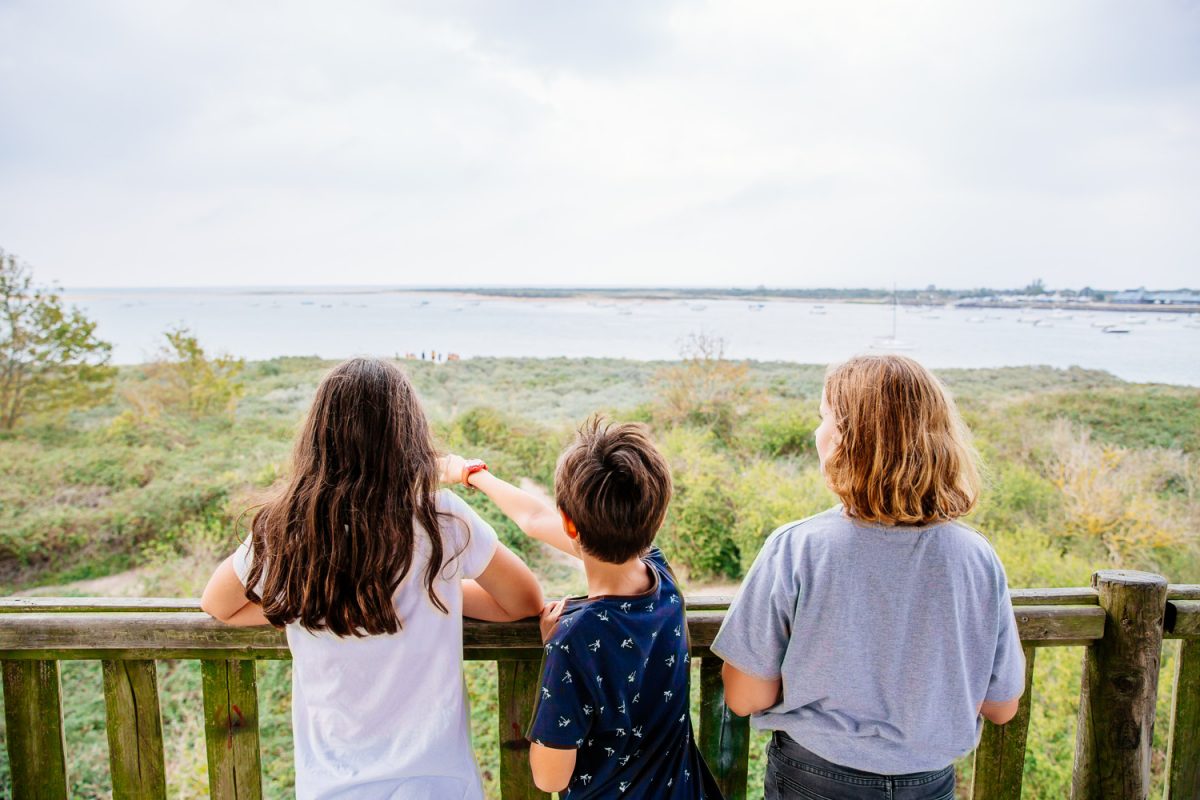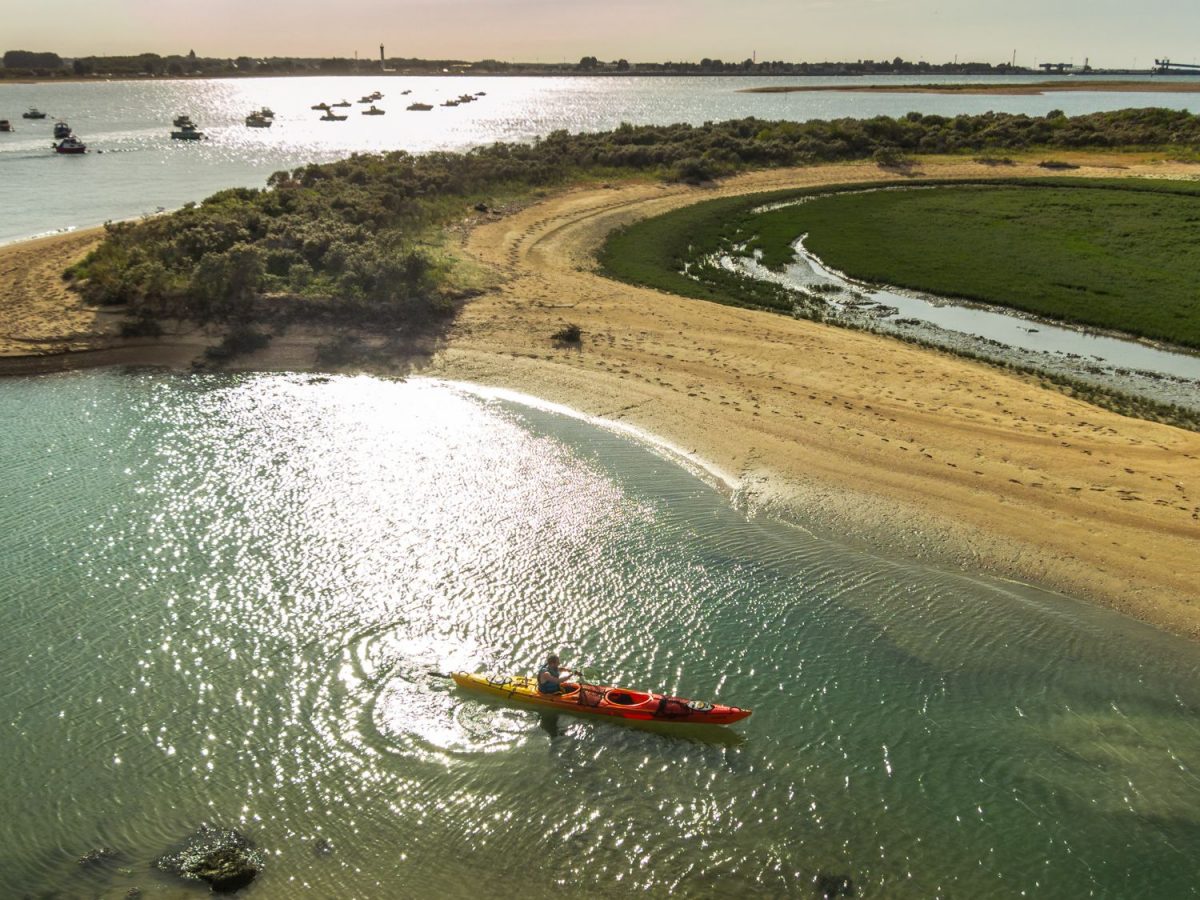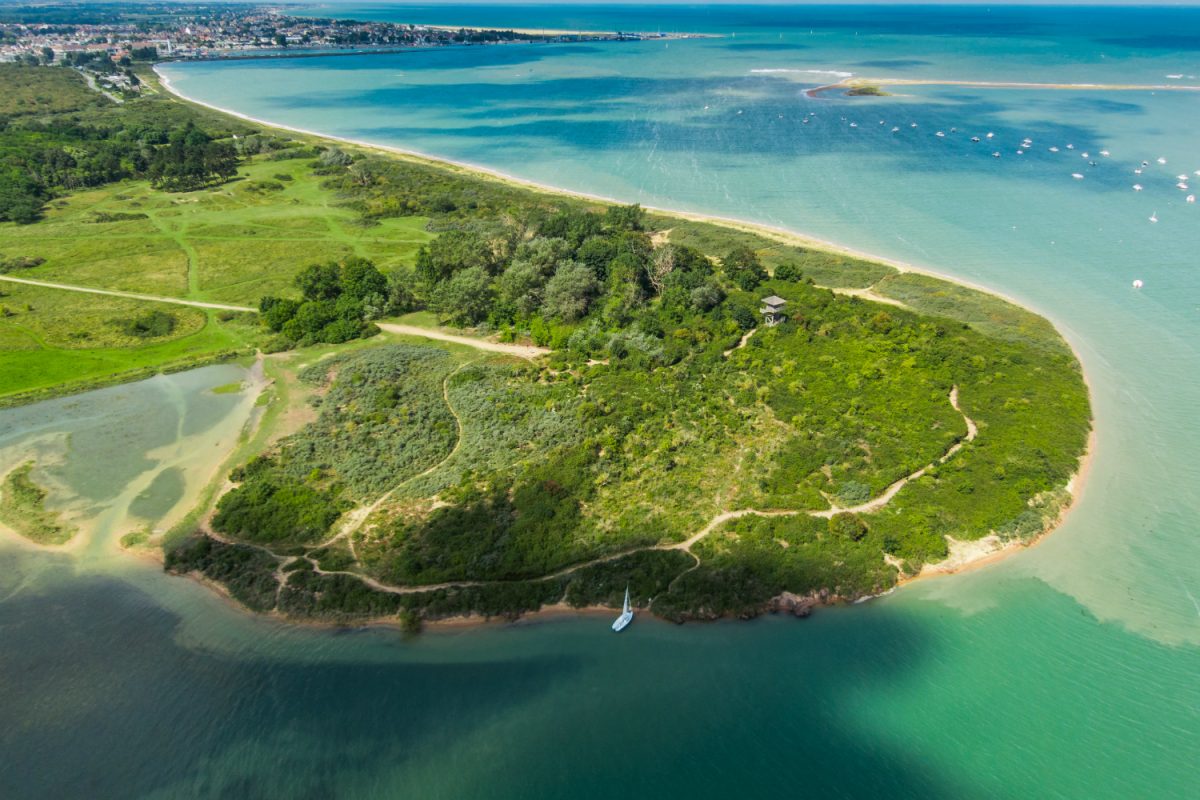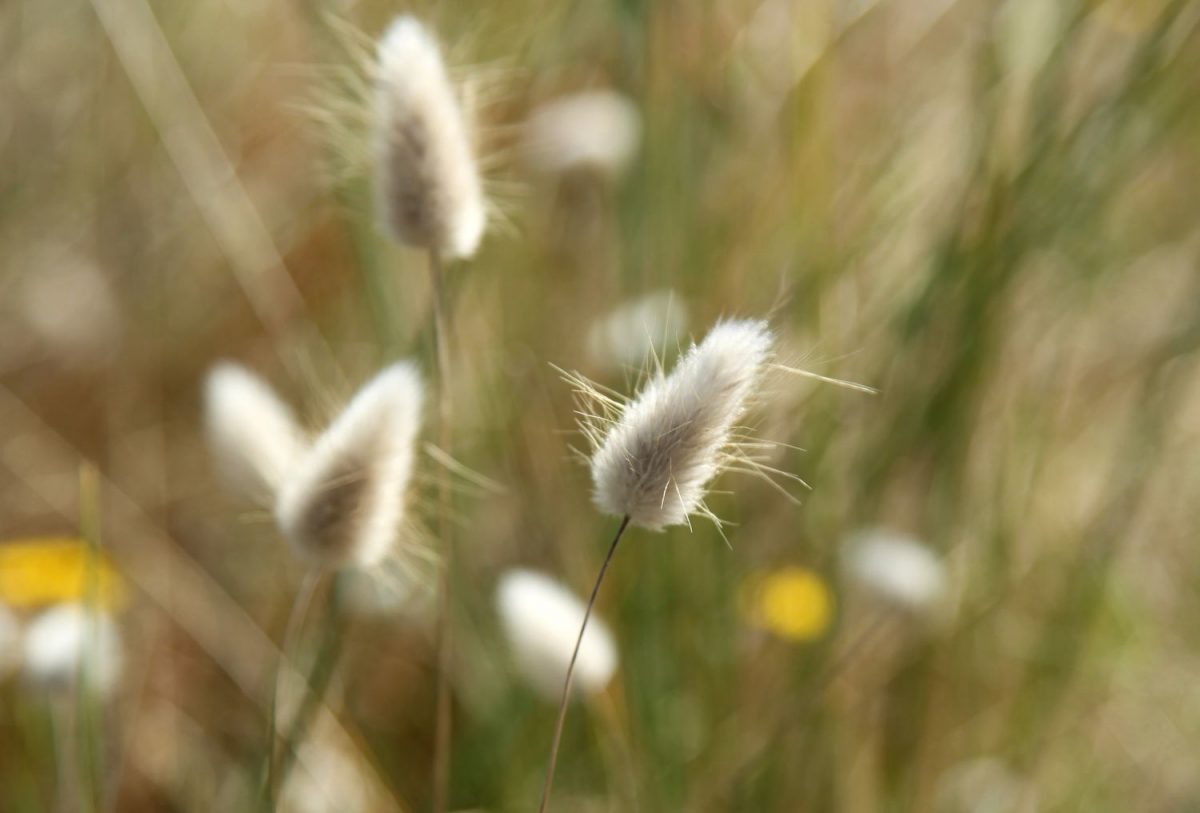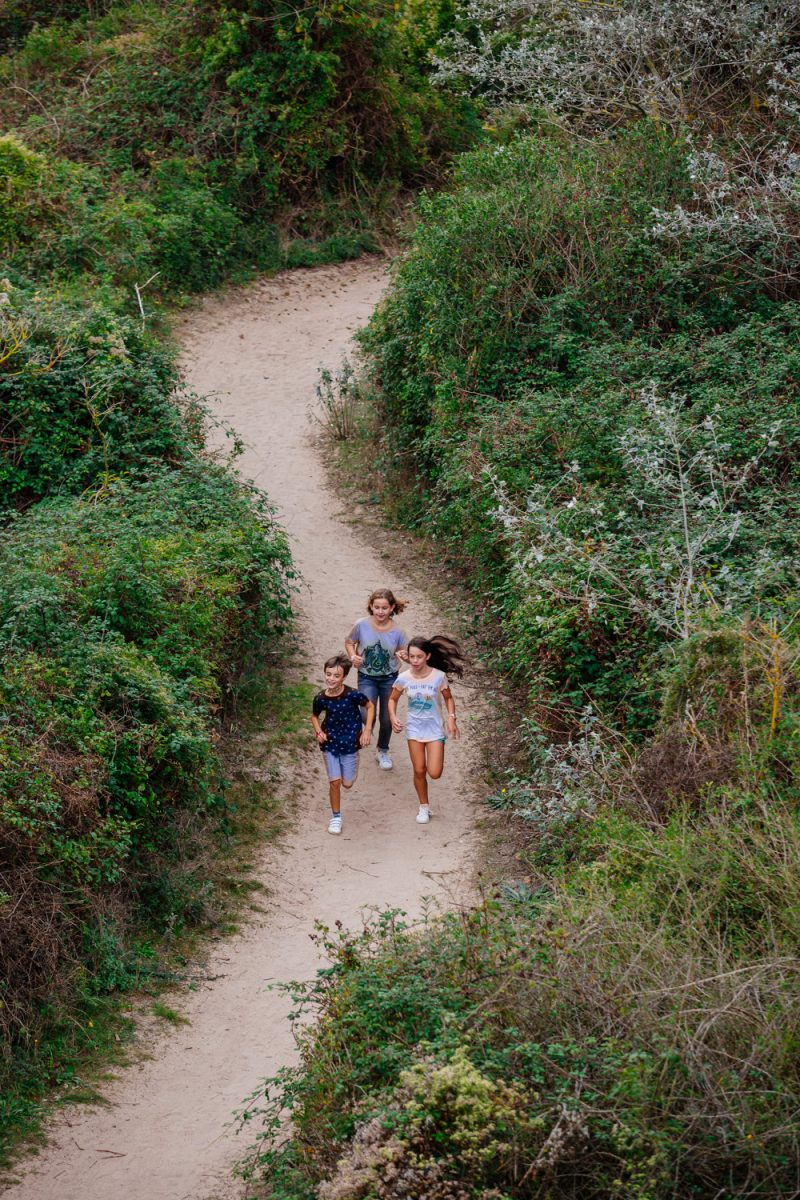For a great nature day out, the Orne estuary is not to be missed! Follow the signposted trails with information panels, and immerse yourself in a breathtaking landscape of 325 hectares.
The Orne Estuary, the natural pearl of the Normandy coast
At the point where the waters of the English Channel meet the Orne canal, the Orne estuary has an unforgettable day in store for visitors, at the heart of unspoilt, untamed nature. Set off to see the main preserved natural site in the Calvados region!
And don’t miss the Pointe du Siège in Ouistreham Riva-Bella, a vast sandy point measuring 1,200 metres in length. If you look closely, you will see that it is covered with trees, beachgrass and wet meadow. Do you see? Look around you: on one side is a vast sandy foreshore alongside the Orne canal, and on the other, large tidal flats. This is the ideal breeding grounds for shellfish, fish and birds! Before your walk, make sure you find out about tide times because some areas are under water at high tide. And to take a postcard photo of your day out, go up to the top of the Pointe du Siège observatory!
A visit to the Orne estuary, Normandy’s untamed crossroads
The Orne estuary, with the Gros Banc reserve and the Pointe du Siège, is a secret garden for nature lovers and a great place to see rare and protected species. Don’t forget your binoculars!
You will probably run into some regular visitors. They will explain that the species you can see may vary depending on the seasons and the tides. If you come in winter, you might see Eurasian teal, Northern shoveler, whistling duck and even some… auks! It is thought that these birds flee the glacial northern Europe and spend the winter in the estuary.
During your walk, look at the ground all around you, too! You will be walking alongside hundreds of varieties of protected plants. If you look carefully, you will see how the species vary depending on their habitat. Near the sea, you will find plants adapted to a salt-rich environment, such as the sea wormwood, goosegrass or annual beard-grass. On top of the dunes, you will see lyme grass, a nationally protected species. This is the plant that keeps the sand on the dune!
To make the most of your day, round off the trip with a visit to the House of Nature and the Orne Estuary. This was originally a hunting inn and is now the place to go if you want all your questions answered!
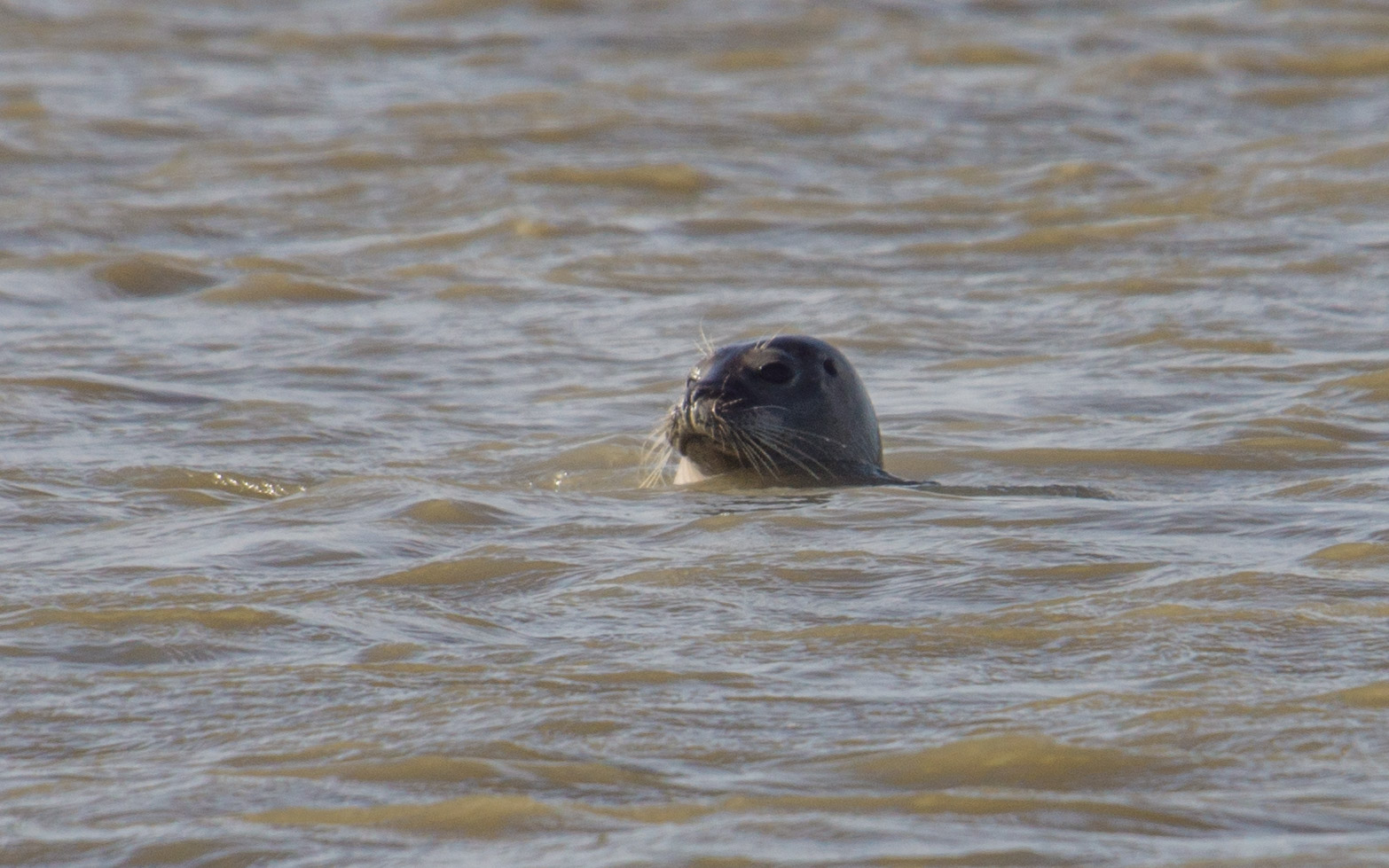
In spring, “holidaymakers” such as plovers, swallows and cuckoos return from Africa, along with the seals that make the estuary their home!
